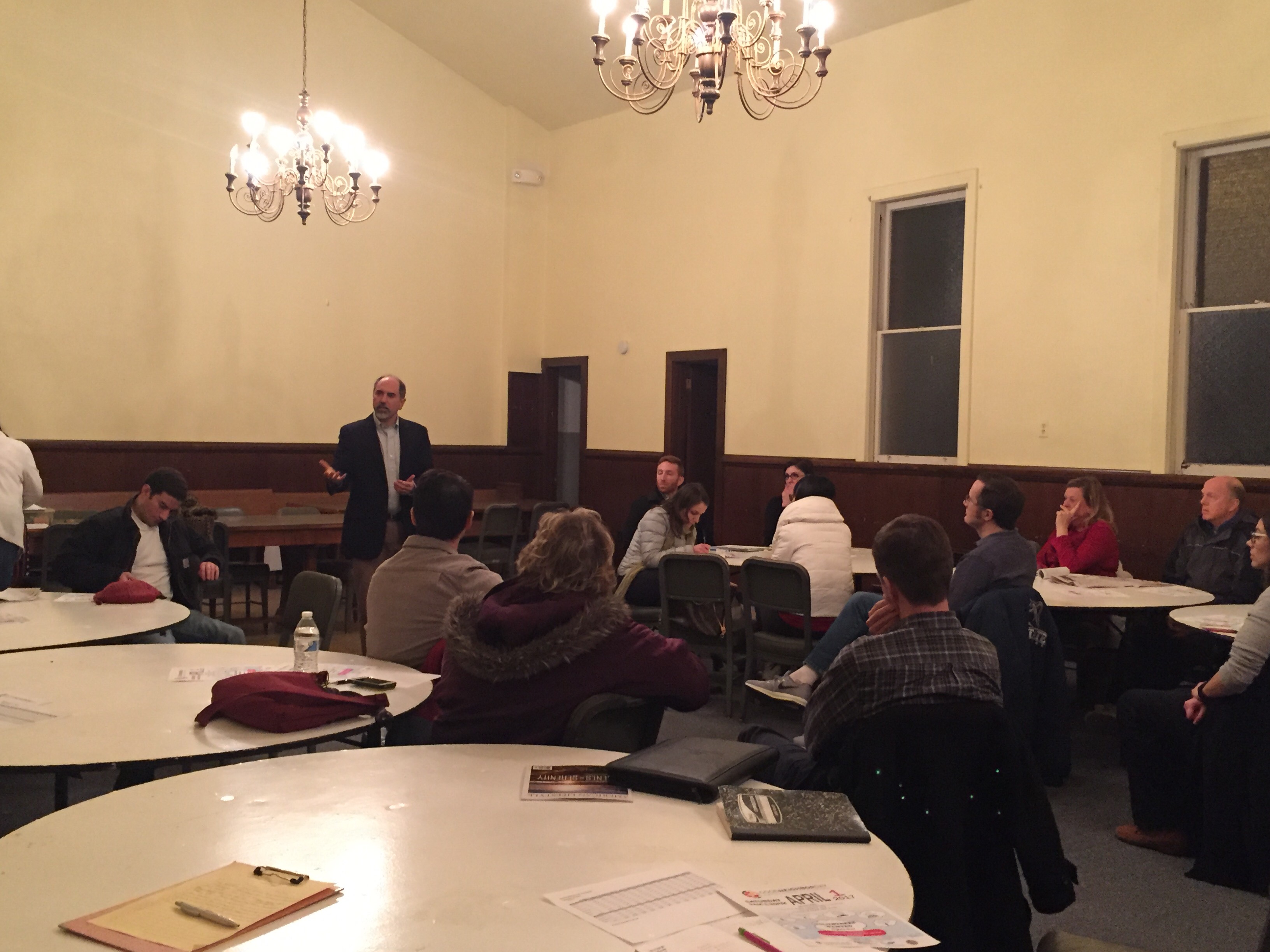A group of students at the University of Maryland are playing a role in transforming Route 1.
The College Park City-University Partnership’s Housing and Development committee and Board of Directors approved a program between the city council and a group of students enrolled in a real estate development capstone class, as well as one student completing an independent study in architecture.
The students will conduct a real estate market and redevelopment analysis where they will study and assess potential retail and development options for the mid-town area of College Park, according to CPCUP’s website.
The project, which started at beginning of this semester, gives students real world experience with various stakeholders, city officials and community members, said Madlen Simon, an associate professor and instructor involved in the project. Simon, along with Margaret McFarland, director of this university’s real estate development program, are working with five graduate students and one faculty advisor on this project, Simon said.
“This particular project came about partly because Margaret and I have both been involved in projects that serve local communities, including College Park,” Simon said. “It follows our tradition of involving faculty and students and bringing our expertise to improve cities in Maryland.”
This group from the university, as well as city officials, will be looking at various properties from Lakeland Road to MD-193. The goal is to conduct market and real estate analysis to determine the best use of these properties, said Eric Olson, CPCUP’s executive director.
“This is like the perfect marriage of community visioning and moving the community forward and having a plan,” Olson said. “[It’s] also harnessing the resources of the university and providing an educational opportunity.”
District 2 councilman P.J. Brennan also said this program is “a great intersection between the university and the city” and gives city officials the opportunity to have discussions with the community about future development.
“Some of the developments that are conceptually visualized through this project — for a capstone student this could mean not just a class project, but something that could be real in the future with the way College Park is evolving,” Brennan said. “For the community, it’s realizing those developments that they’ve talked about as well.”
The students are “well into the project,” Simon said, and have met with the Berwyn District Civic Association on Thursday evenings to hear the community’s feedback and learn more about their vision for the area.
“It’s huge opportunity for us to give back to the place that’s taught us how to do this,” said Ed Cahan, a second year graduate student studying real estate development at this university. “So now we get to practice our craft in our backyard and make a big difference in the university’s lives, the lives of the students and the people in the community.”
Students are operating under certain constraints such as resident opinions, financial feasibility and height and density restrictions, Brennan said. Despite these restraints, Brennan said he’s excited about the possibilities this project presents.
“The opportunity here is very open for the students to really explore and propose options to us,” Brennan said.
Brennan said he was particularly interested in the possibility of reimagining properties toward the Anacostia River.
By the end this semester, Simon said the students will turn in a report to the city — including details of their analysis and potential redevelopment ideas.
“What a tremendous opportunity this is … to participate in envisioning the future development of our college town and to mentor the next generation of architects and developers in the process,” Simon said.



